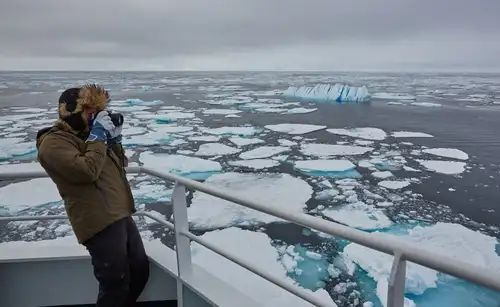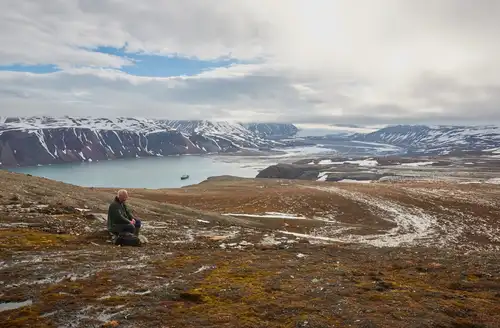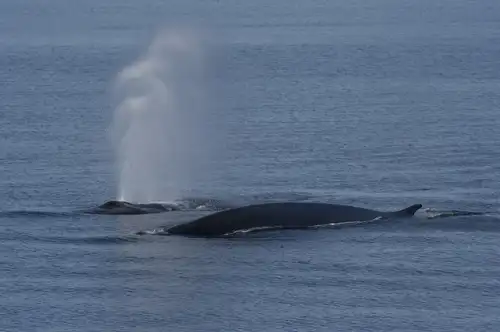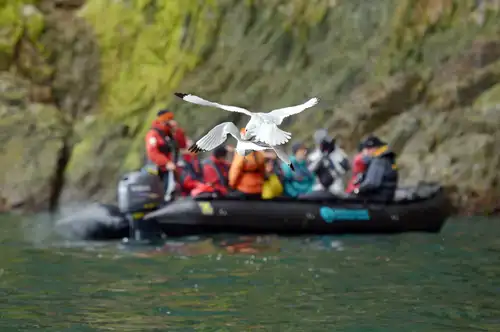The polar bear was relishing his meal; the snow and his face were turning red from the blood. As we observed him eating, our own stomachs began to grumble. It was time for lunch.
Our lunch was brief, as an exciting announcement interrupted us: another polar bear was approaching. This bear was a sight to behold, a strong, well-fed male emerging from the water, a few hundred meters from the other bear.
As this impressive bear shook off the water from his thick white fur, cameras clicked, and voices on deck exclaimed, 'Look at him... Isn't he attractive?' The excitement grew. The newcomer was clearly drawn by the scent of the killed seal. Would he steal it from the other bear? Would there be a confrontation?
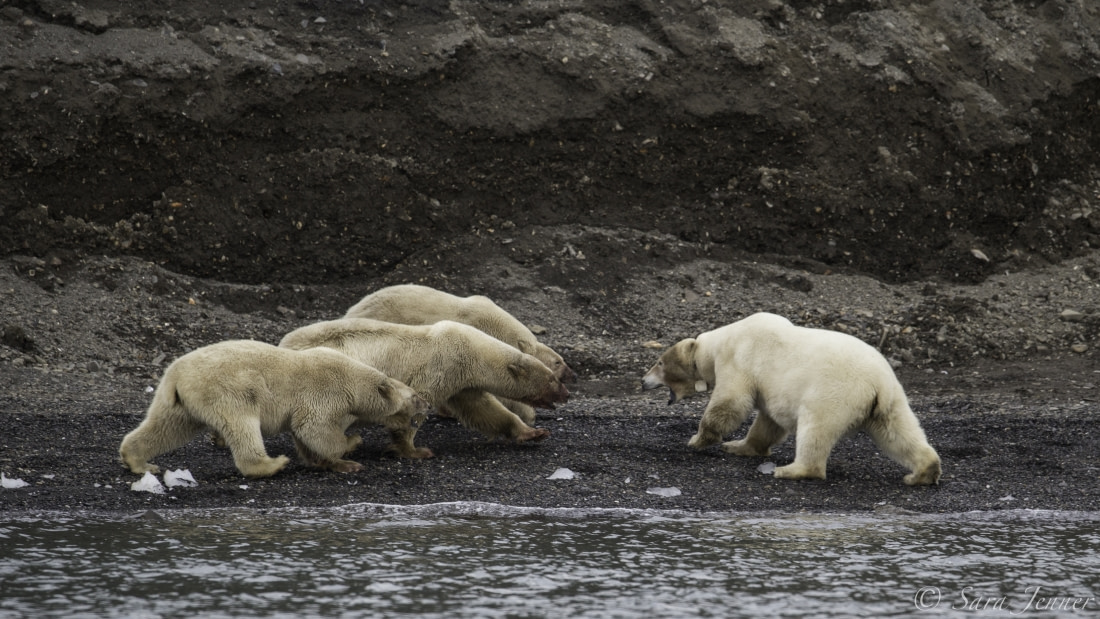
Sharing a seal meal
Initially, the newcomer seemed to ignore the fresh meat entirely. He walked past the bear and his kill. But then, after a while, he turned around and approached the feast. As if invited by the older male, he began to eat. There they were, both sharing the food, their white fur on their heads and front paws stained with seal blood.
After about fifteen minutes, however, things changed. The male who had caught the seal suddenly left, as if the prey no longer belonged to him. Walking away, he glanced back a few times, seemingly envious of the bear who had now taken over his kill. With his back turned, he decided it was time for another afternoon nap.
The second male stuck out his tongue while chewing on his meal, as if mocking him. He continued feasting on the seal for about an hour, then decided to visit his slumbering neighbor.
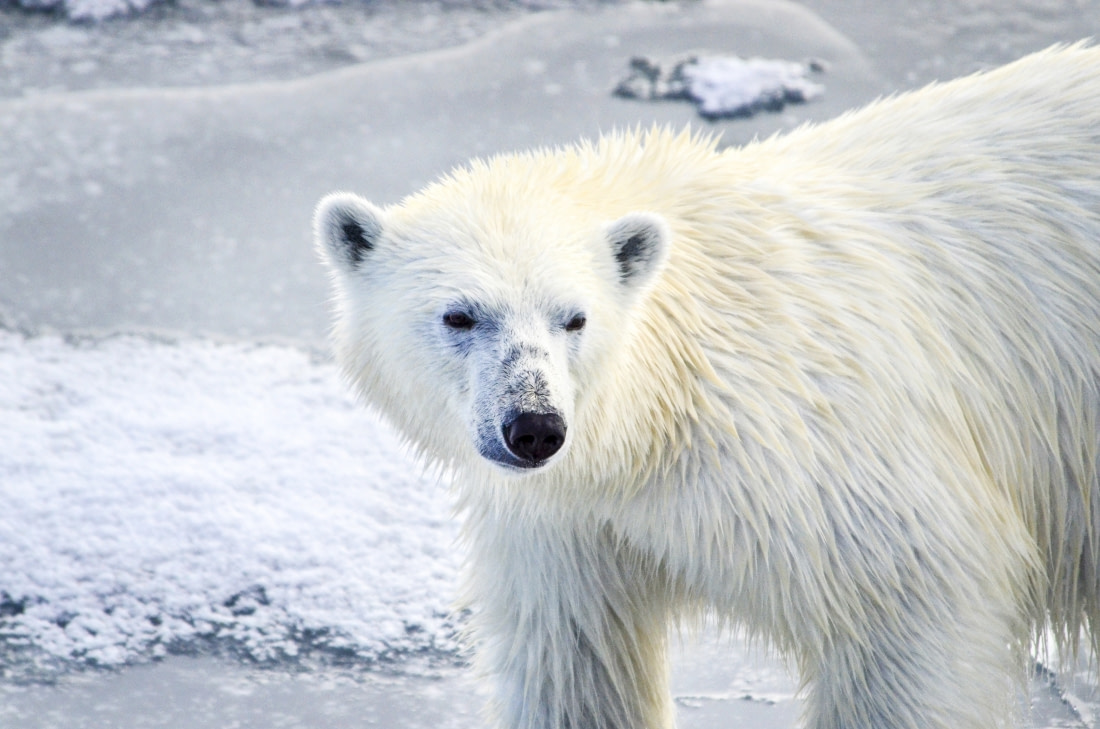
Fish and ships
Our hearts were pounding: what would happen next? Would they have a friendly chat, discussing the weather and the strange vessel full of humans? Or perhaps debate whether to have fish and ships for dinner tonight?
As it turned out, they were not interested in us at all. They faced each other (the sleeping bear woke up as soon as his rival approached). Then, they both opened their maws, as if comparing who had the sharpest teeth. They were sizing each other up: who would win if it came to a fight? It seemed to be an equal match, or maybe the bearded seal just wasn't worth fighting over. When there's enough food, male polar bears are usually only aggressive towards each other when a female is involved.
Since there was no female around to impress, they both closed their maws and walked away. A few meters apart, they both dozed off again, perhaps dreaming about their next meal...
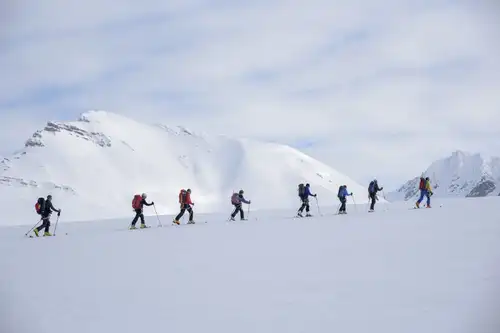

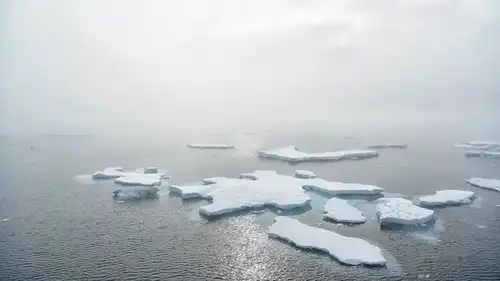

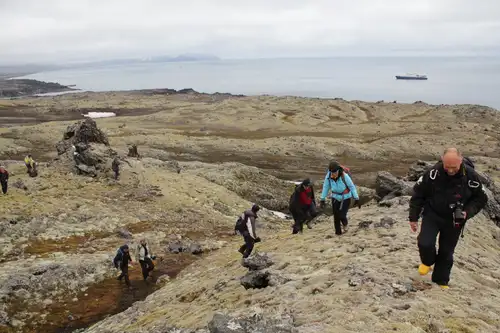
Related Trips
Blog


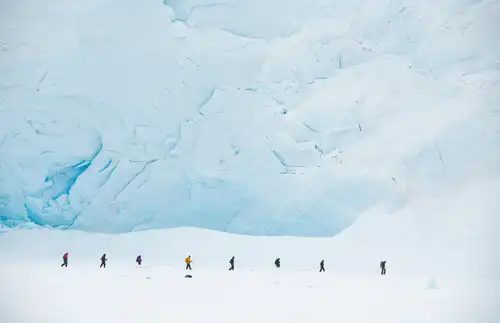
Antarctica in Pictures: Photos from 2018
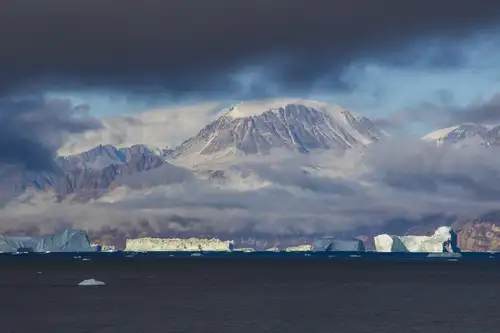
Greenland: East vs. West
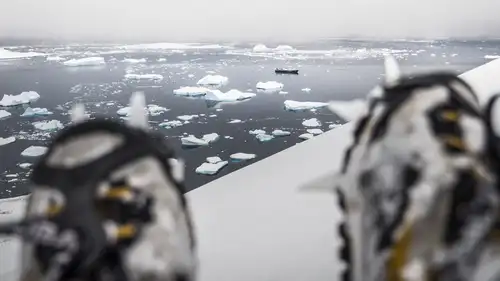
Arctic and Antarctic Basecamp Cruises – Choose Your Own Adventure
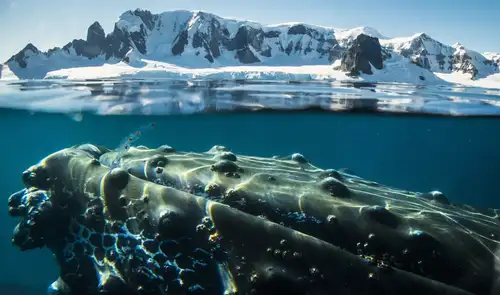
Baleen Whales – The Gentle Giants of the Ocean
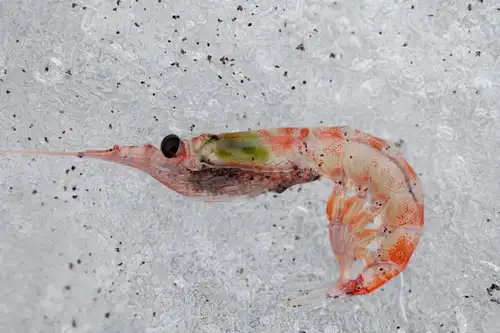
Antarctic krill: Antarctica's Superfood
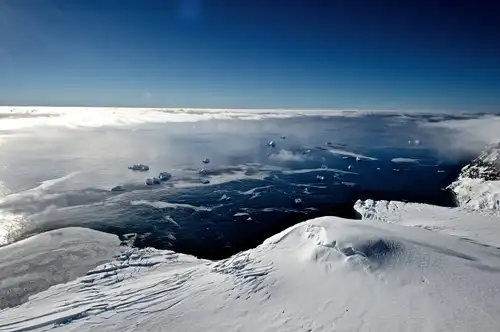
10 Weather-Fueled Facts about Antarctica
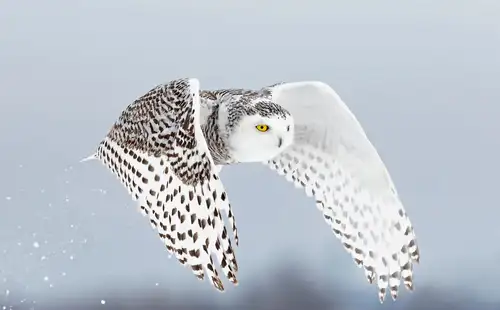
Secrets of the Snowy Owl: Habitat, Adaptations, and Other Facts
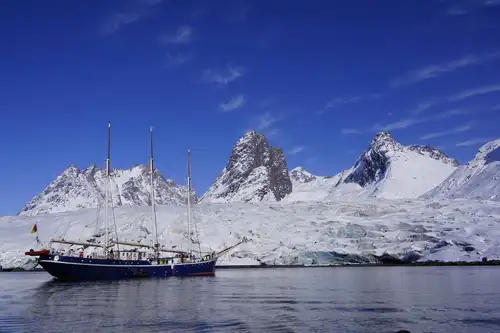
5 Misconceptions You Might Have About Greenland
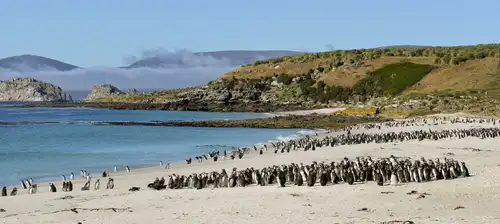
17 Reasons to Cruise the Falklands
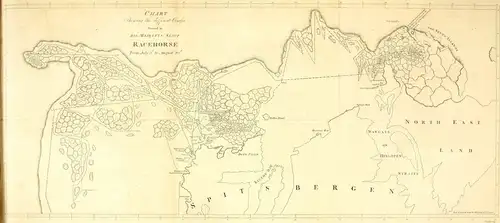
First to the North Pole: Five Failed but Brave Expeditions
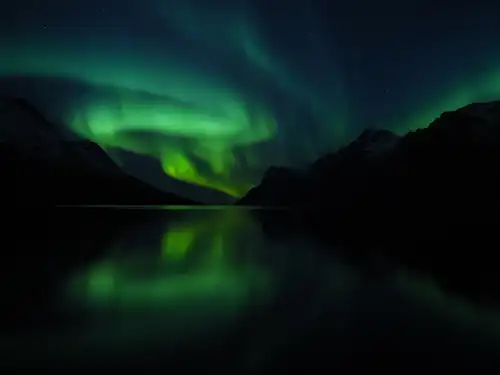
10 Illuminating Facts about the Northern Lights
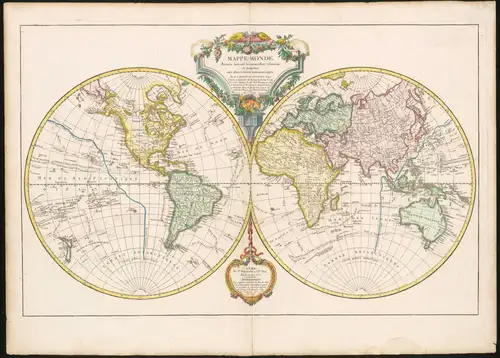
The History of Antarctica in Maps
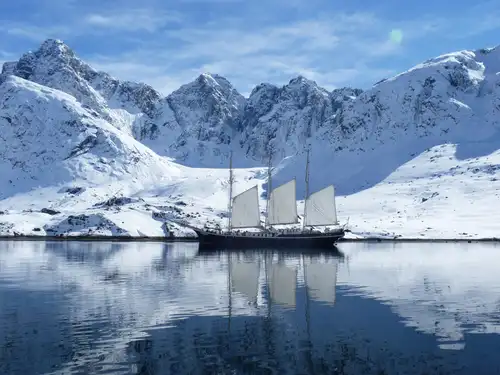
Why You Should Visit Greenland: 11 Things to See, Do, and Explore
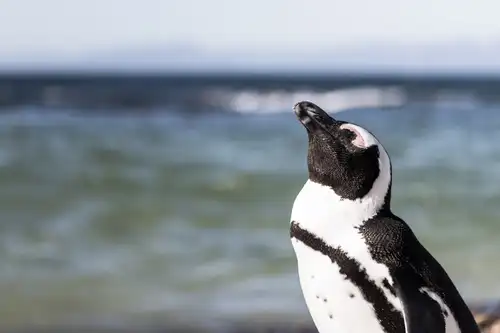
How Arctic Wildlife Differs from Antarctic

Greenland's History: When Vikings Ruled the Ice Age

The Overlooked Treasures of Ascension Island
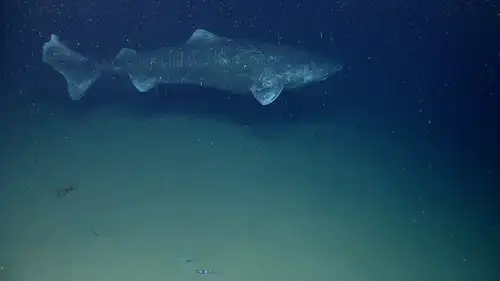
9 Facts about the Greenland Shark
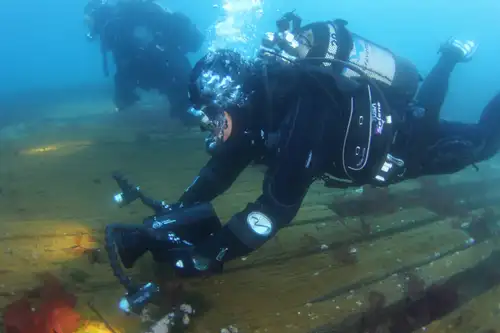
Wreck Diving in Antarctica
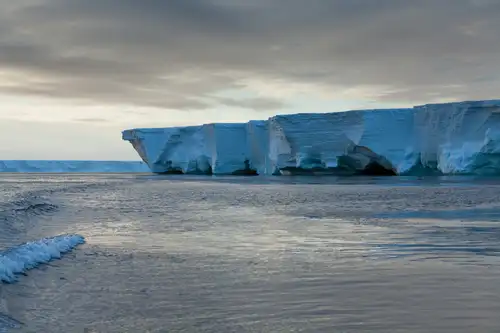
Science of the Ross Ice Shelf
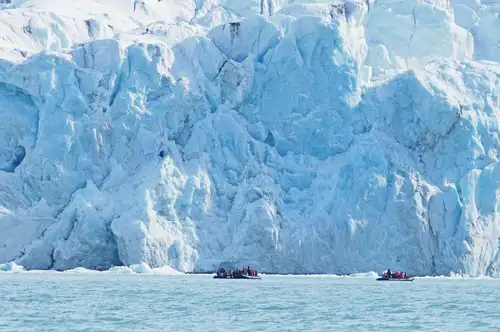



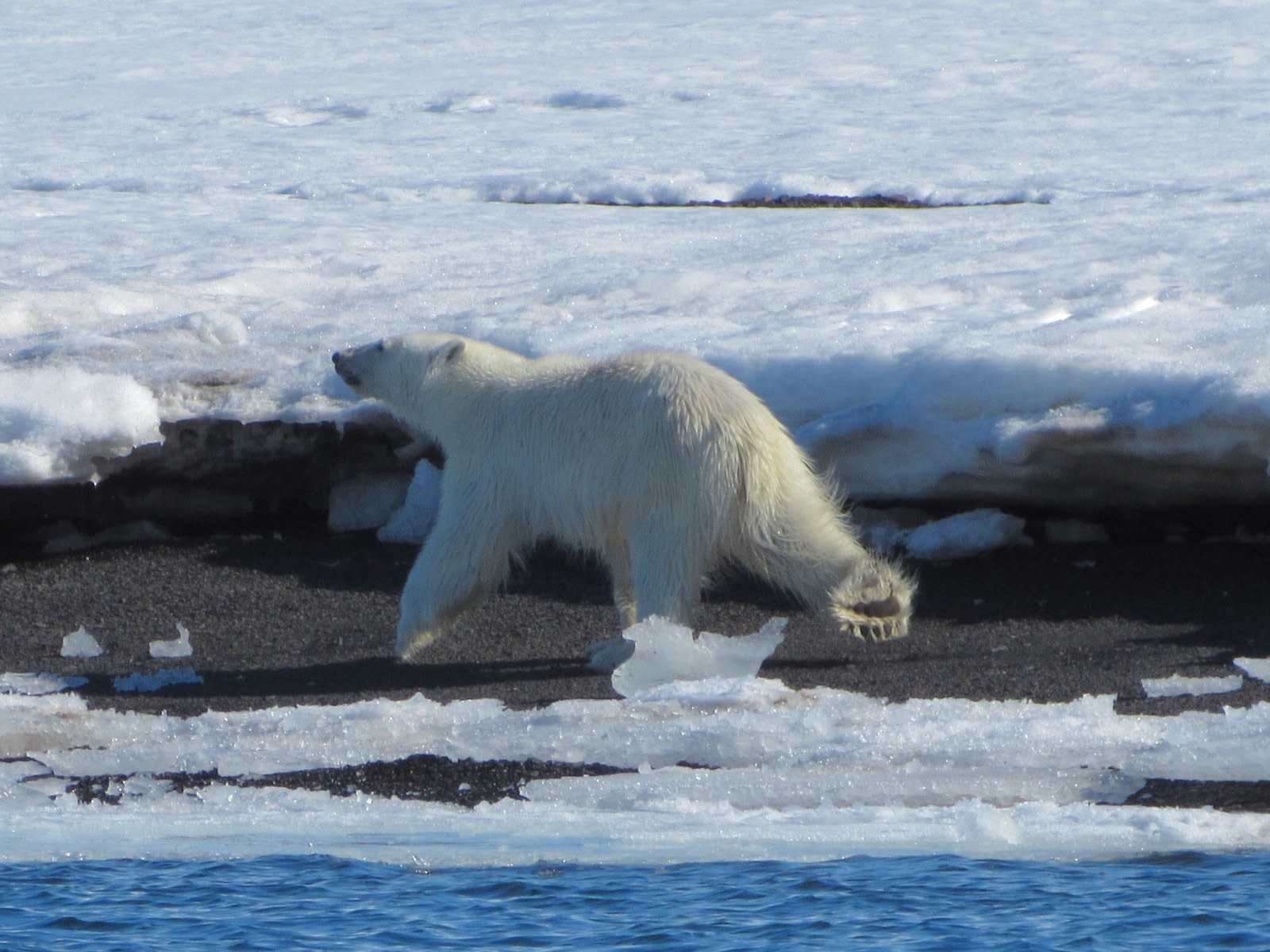

 8 Days / 7 Nights
8 Days / 7 Nights
